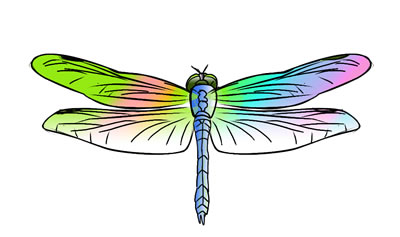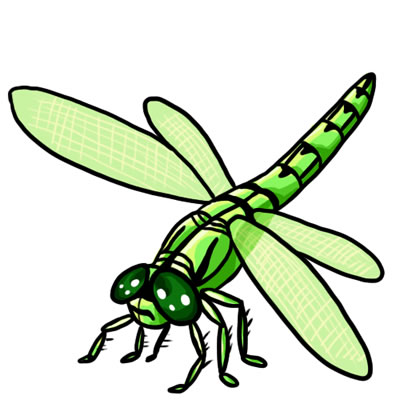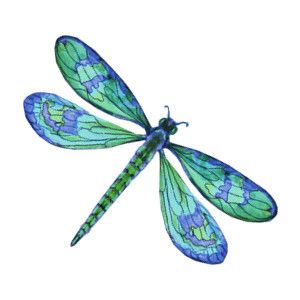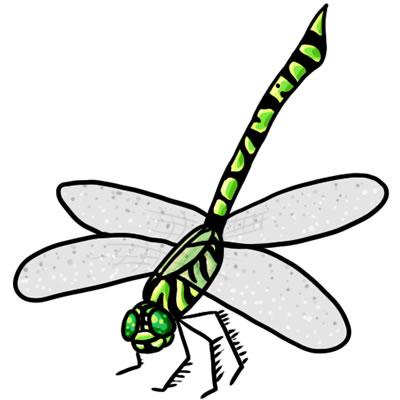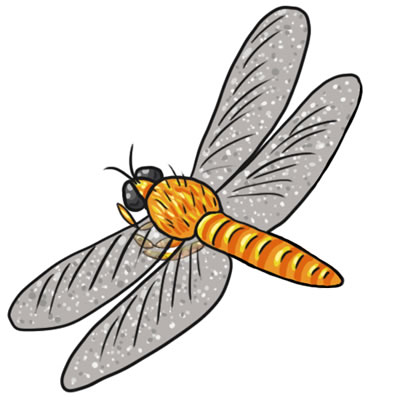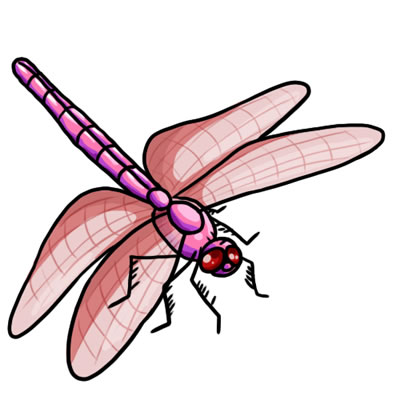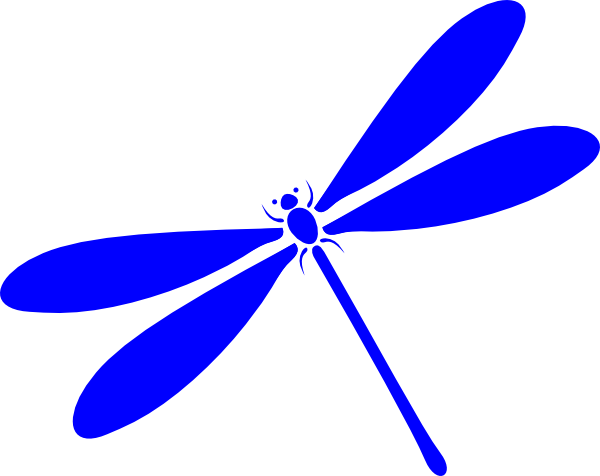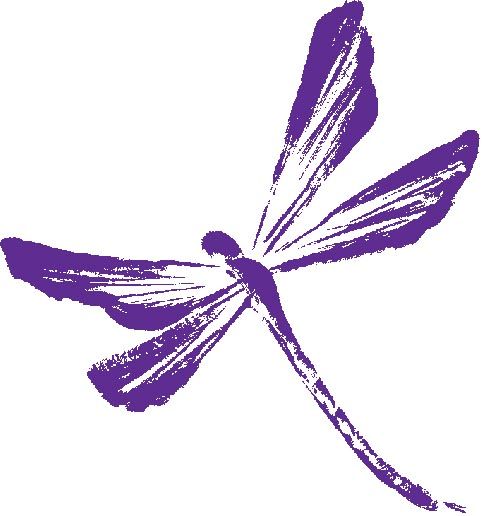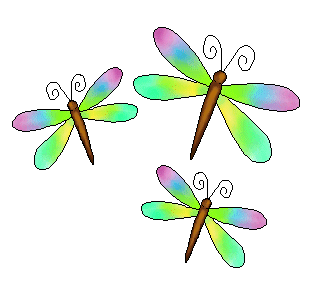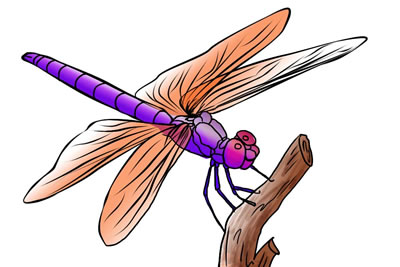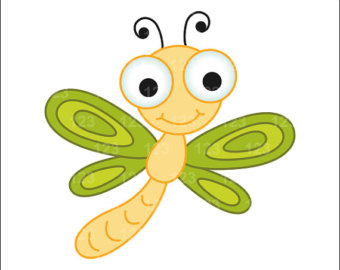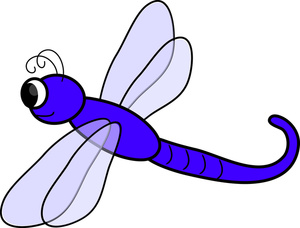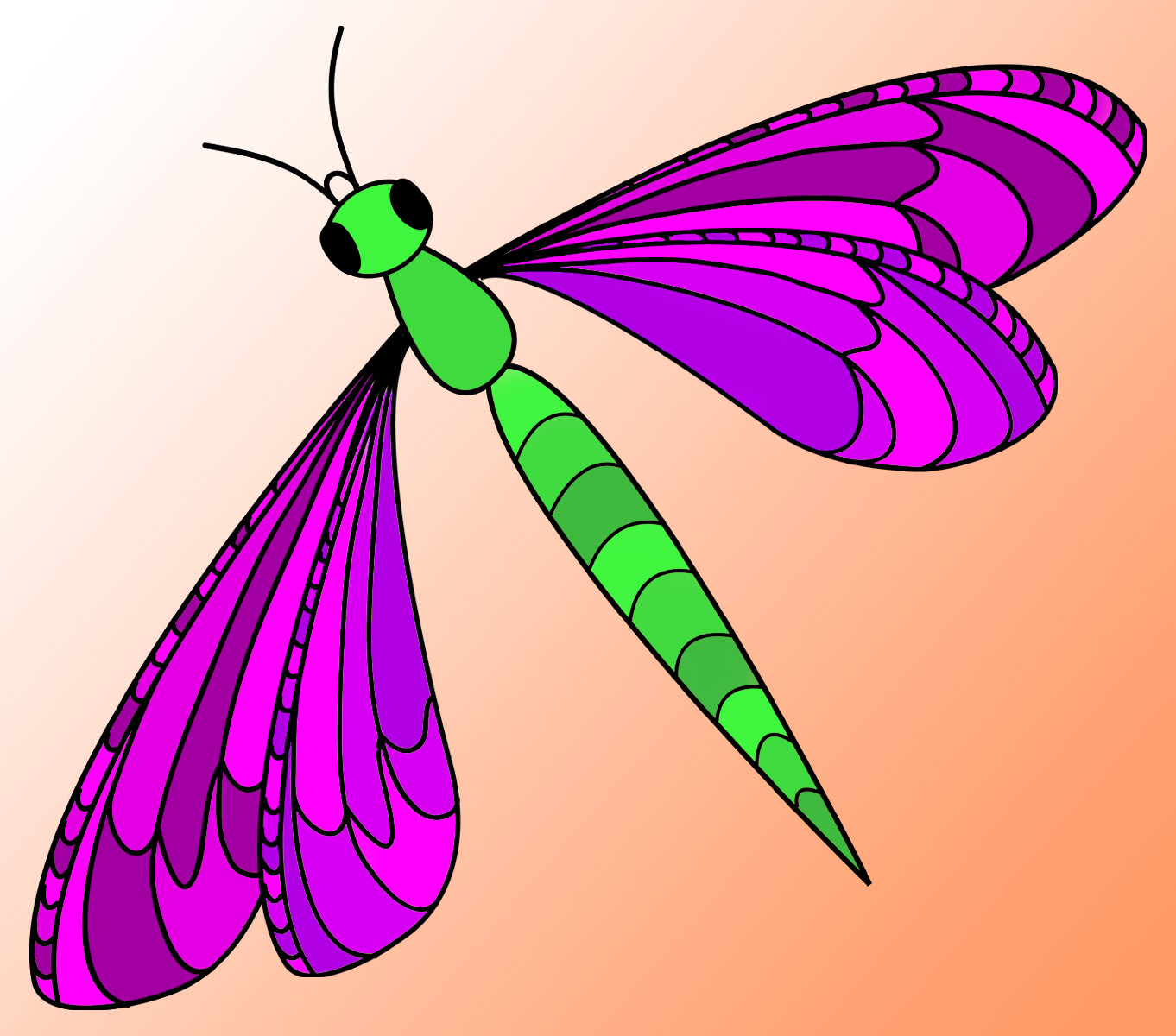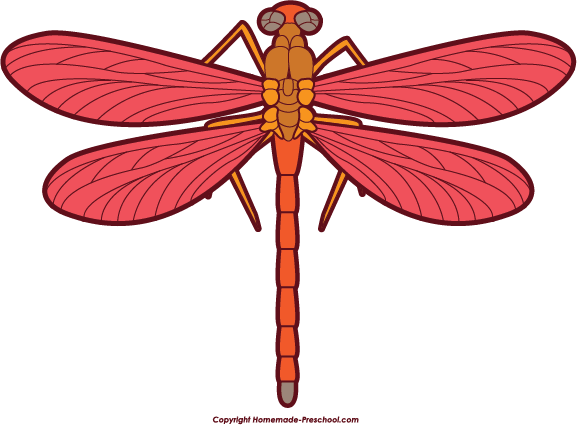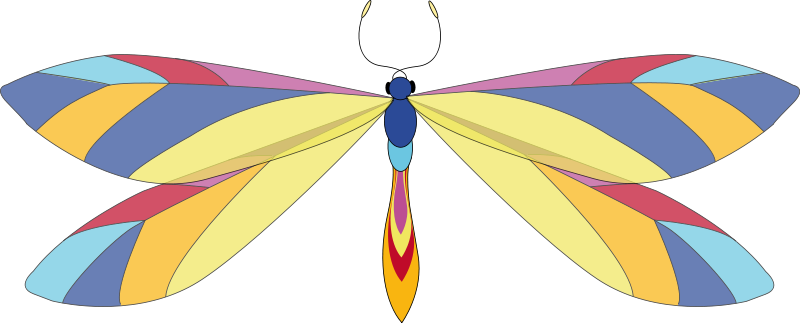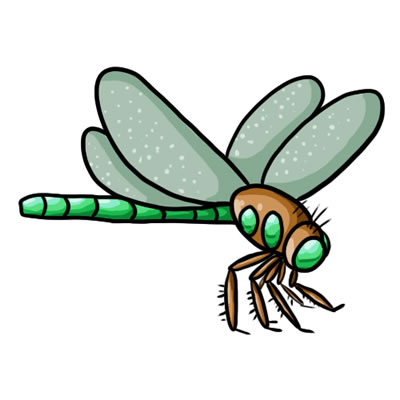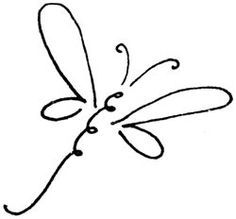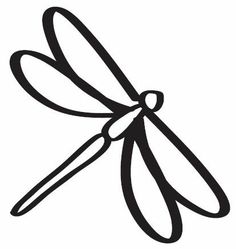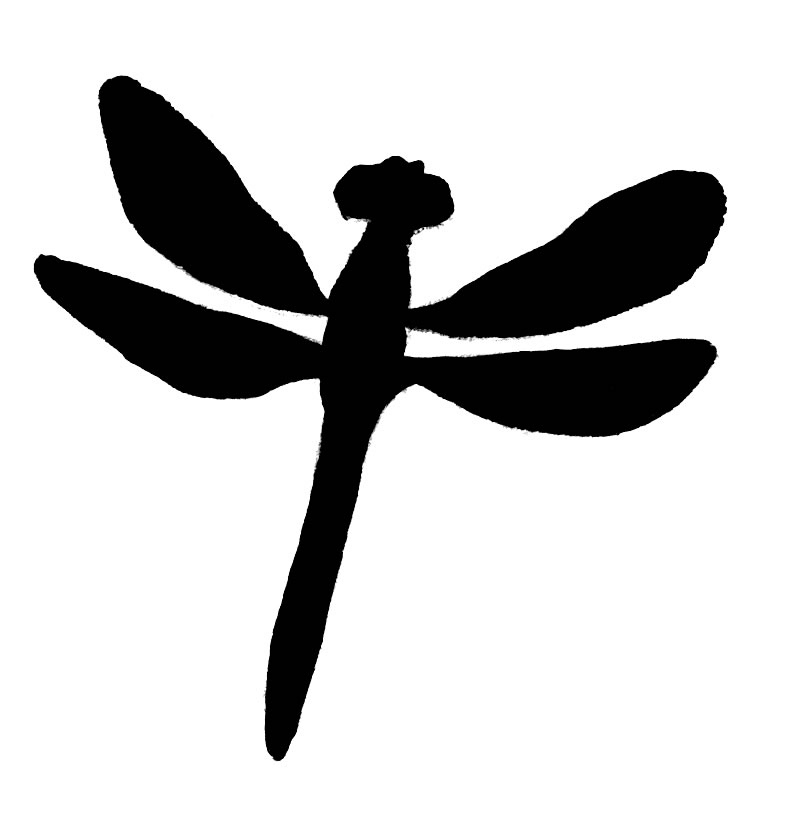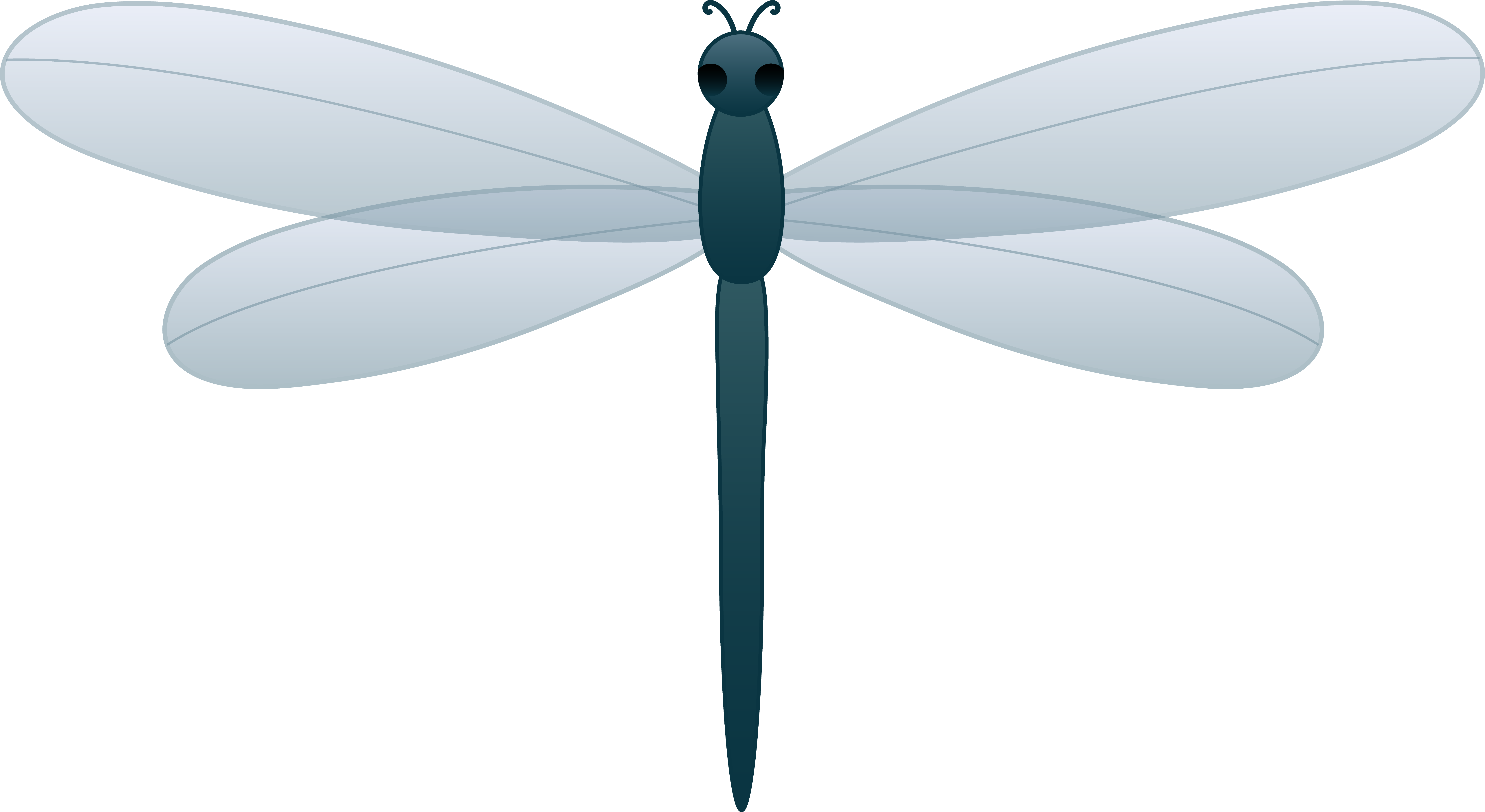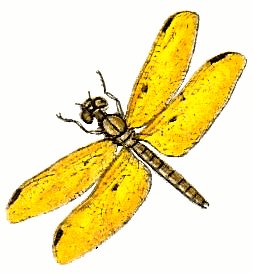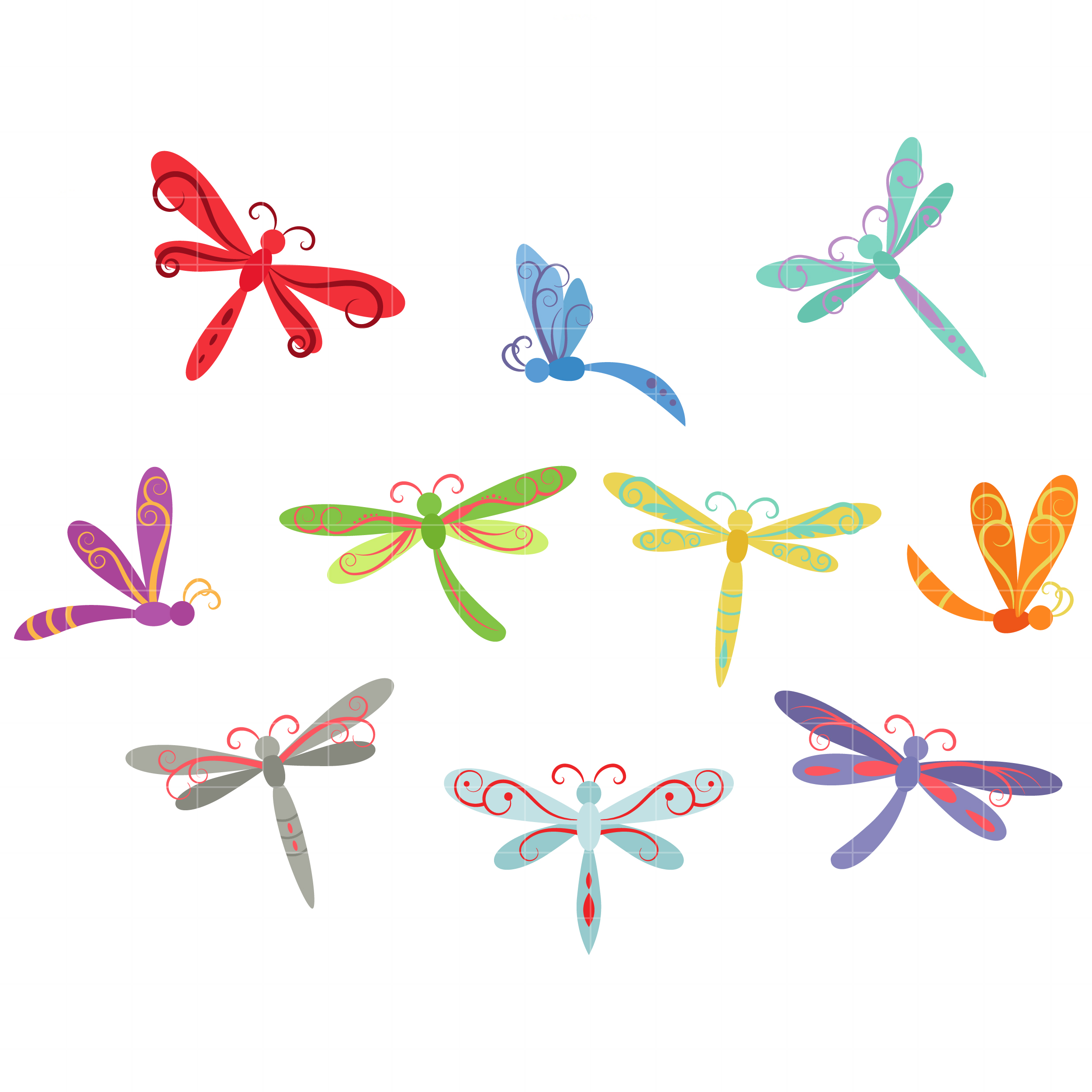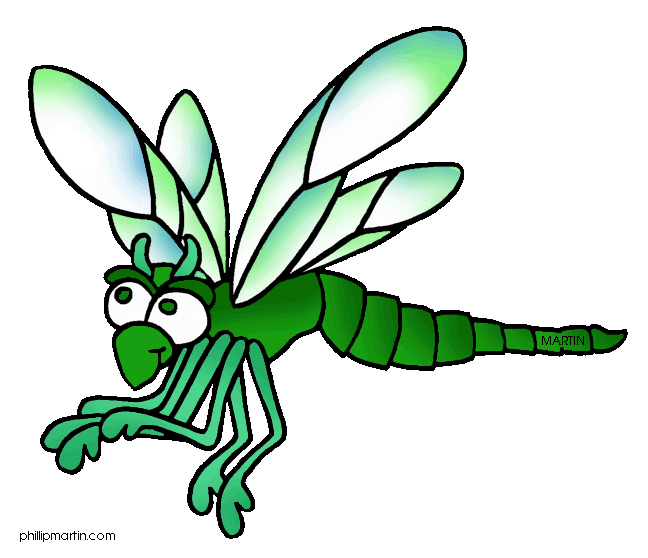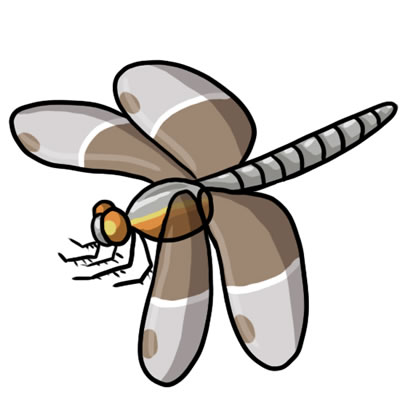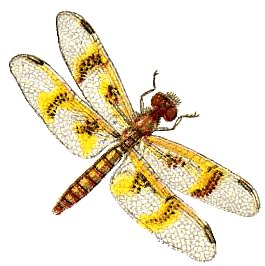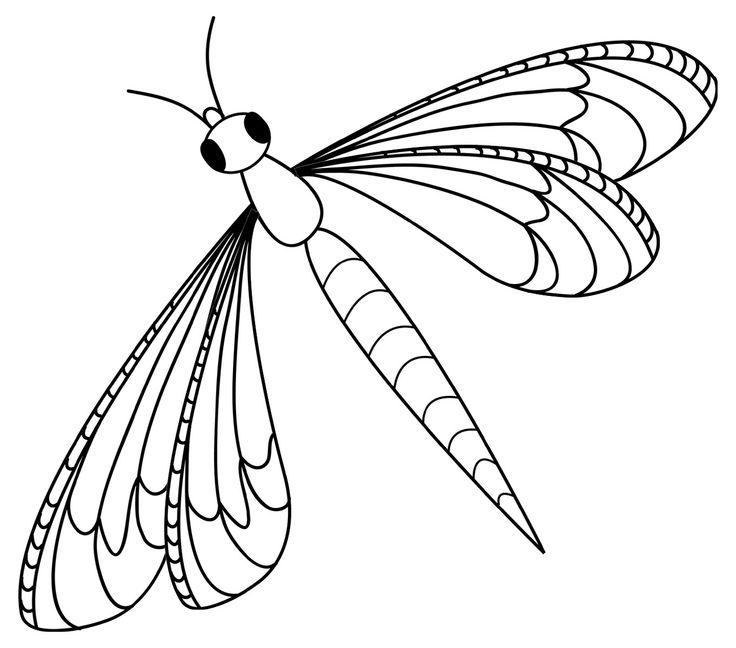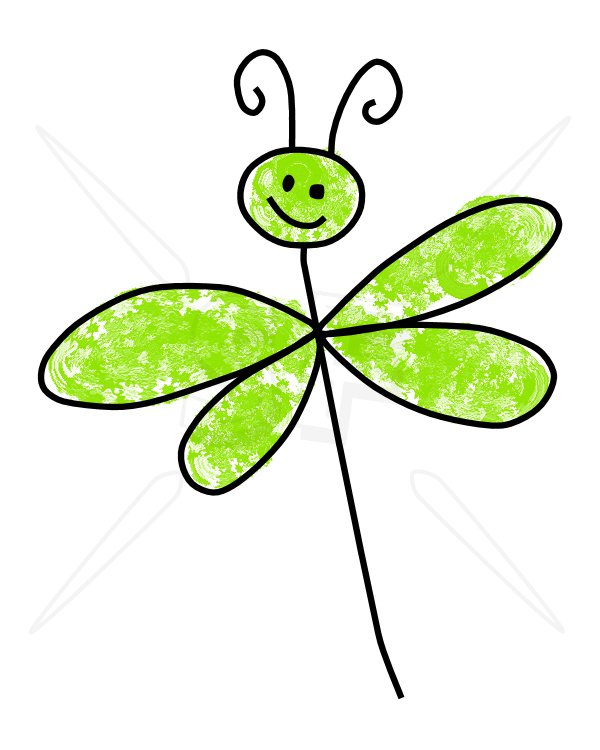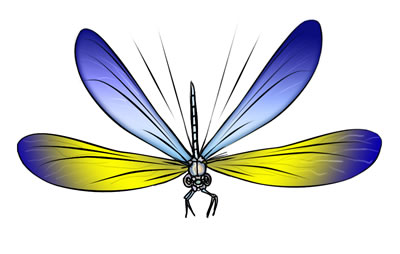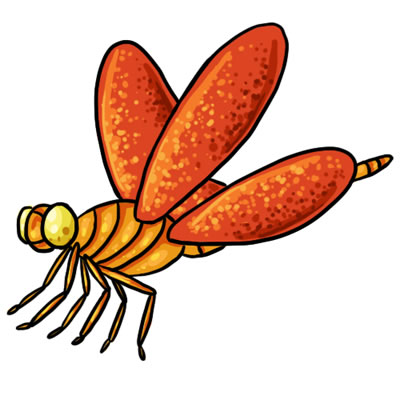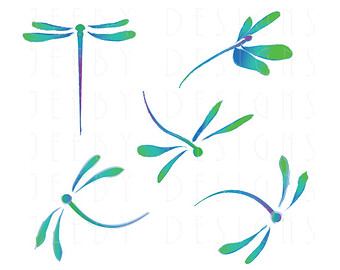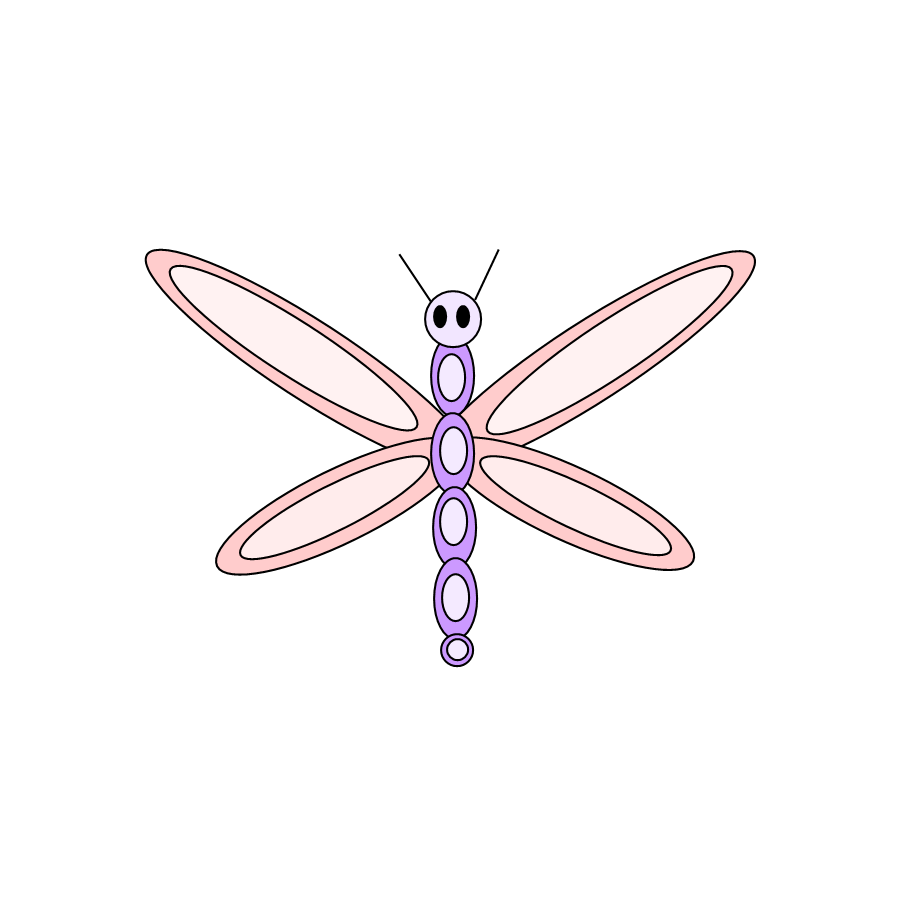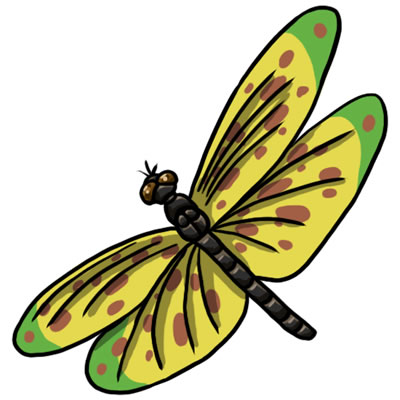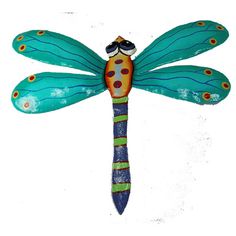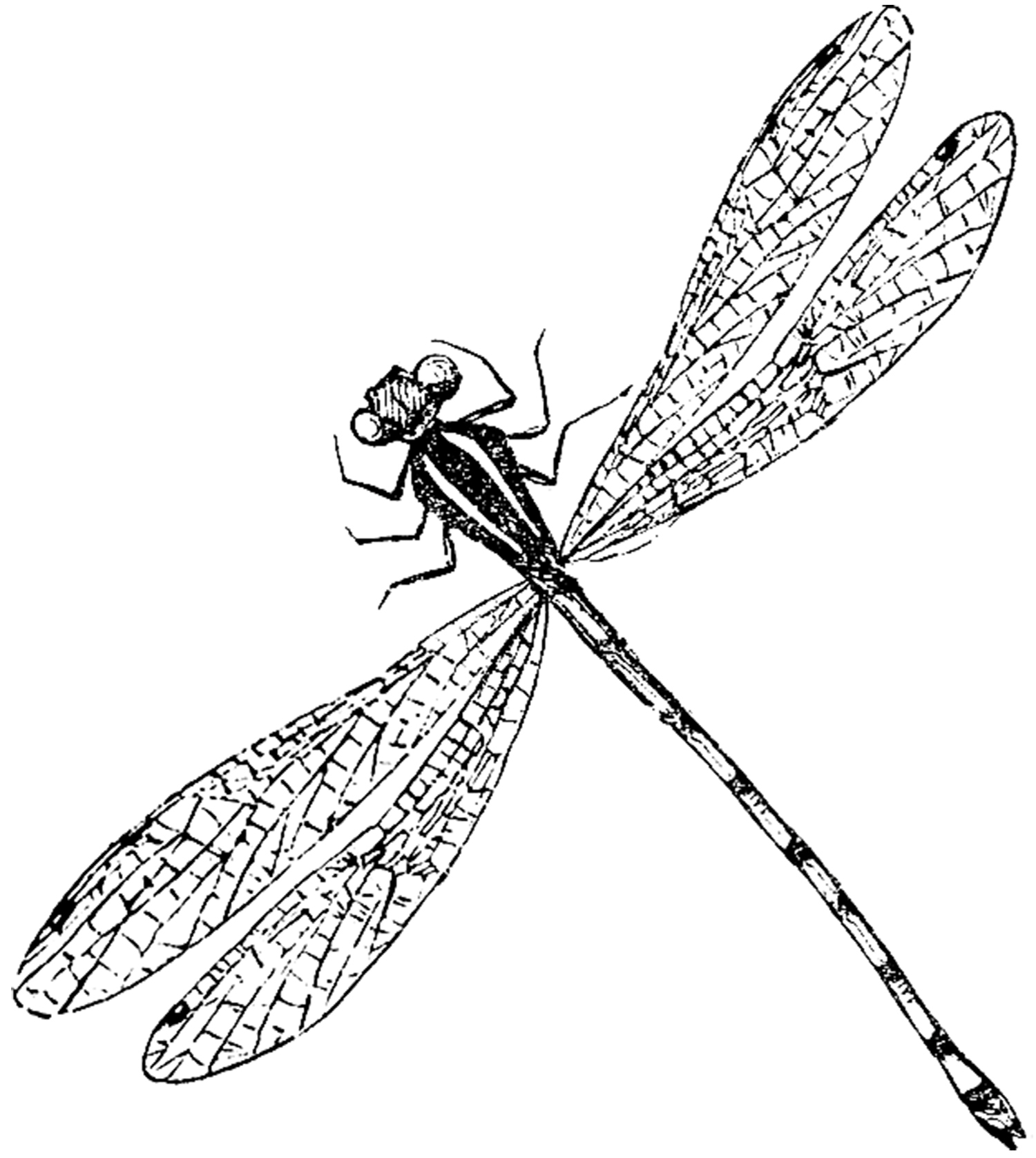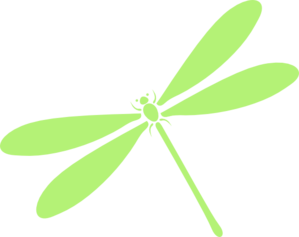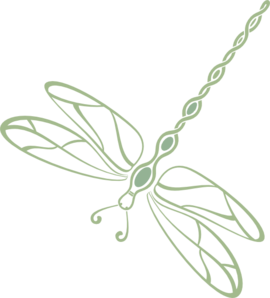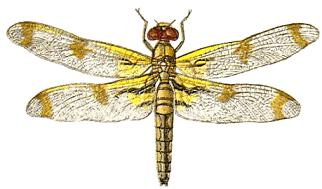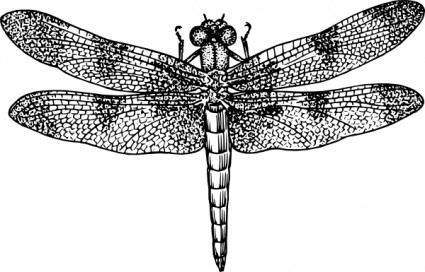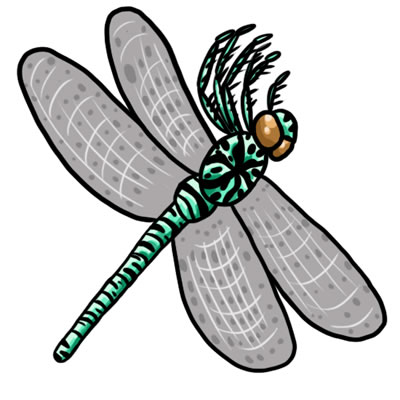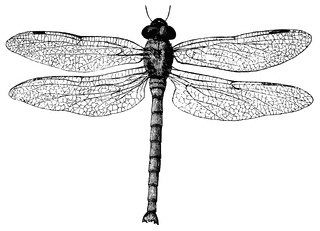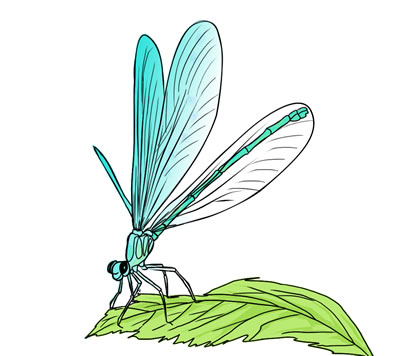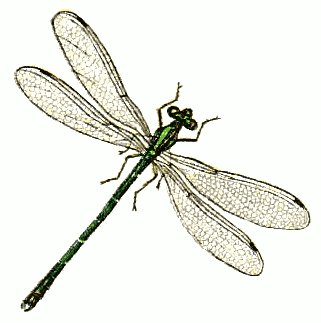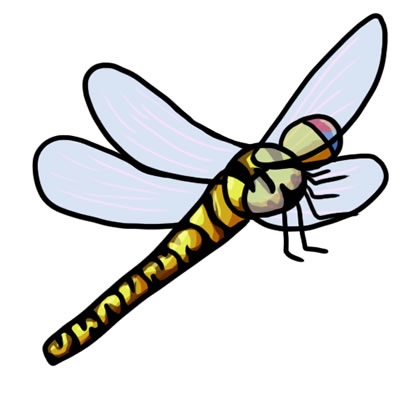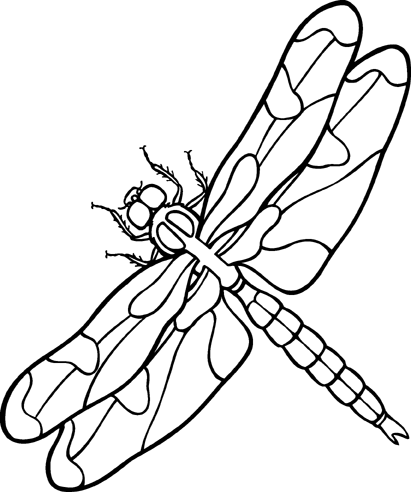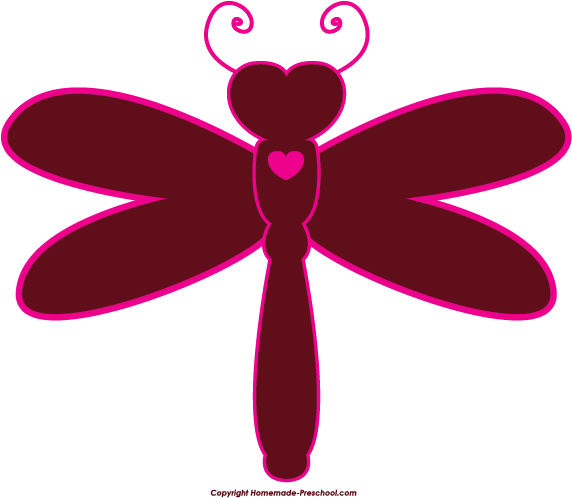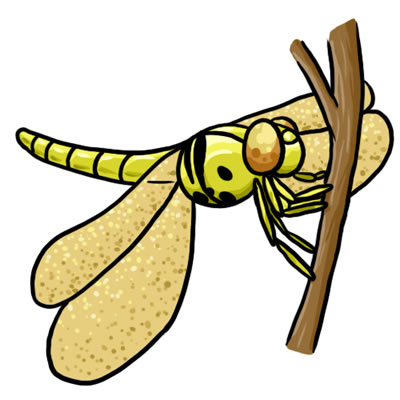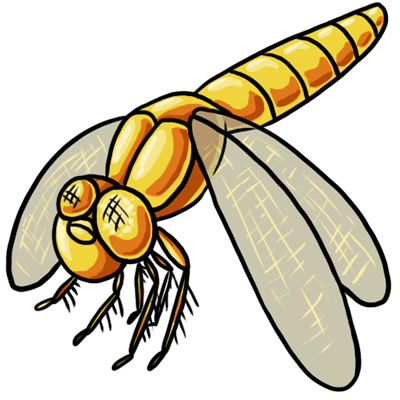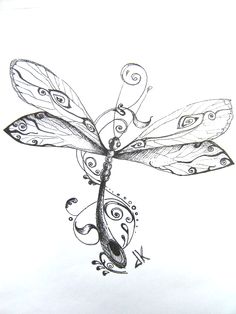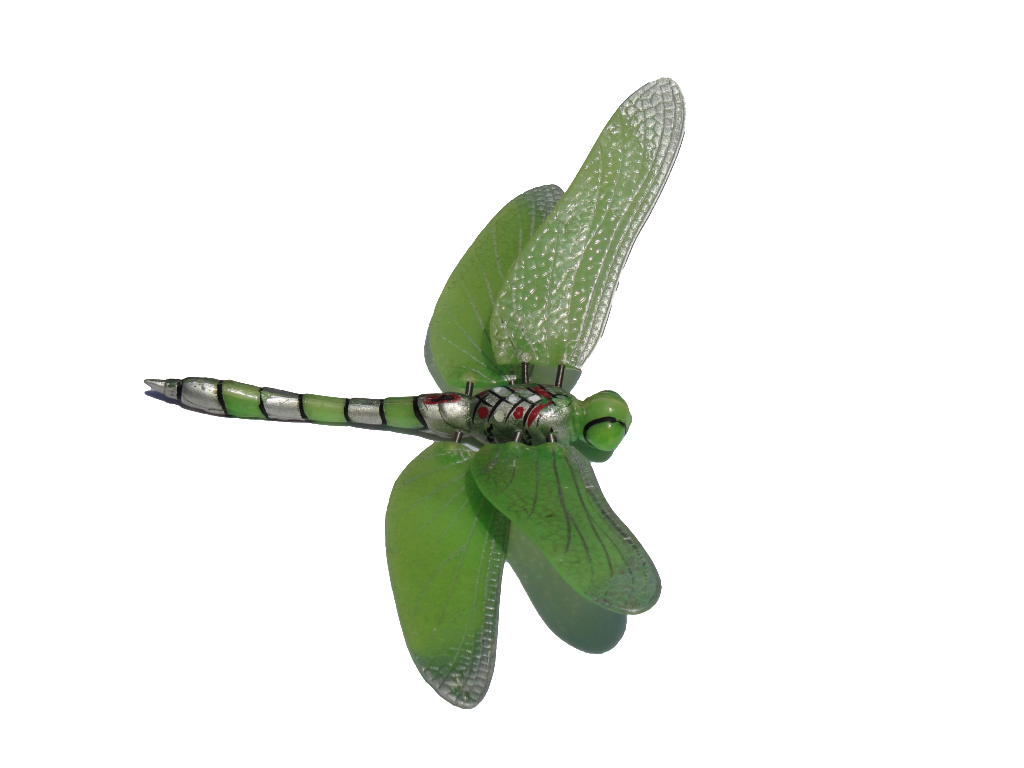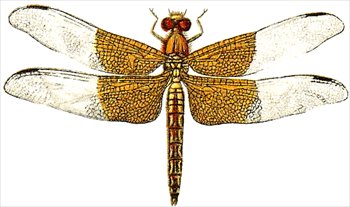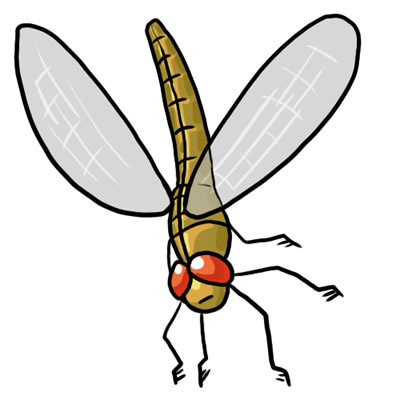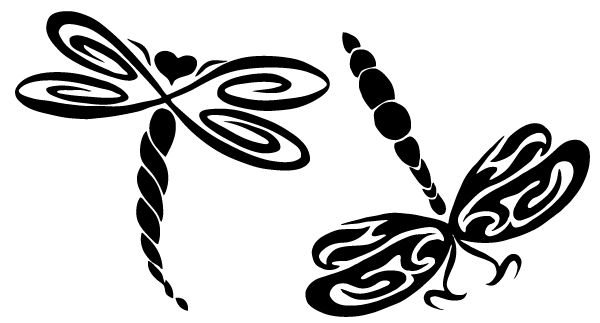Dragonfly Clipart
Dragonflies comprise ancient winged insect species existing for over 300 million years with fossil records dating back to the Carboniferous period. Today, around 5,000 modern subspecies grace every continent except Antarctica across wetland and waterway ecosystems. Their aerodynamic four-winged bodies hovering by freshwater lakes accomplish remarkable nimble flying feats while hunting prey. Beyond physical attributes, dragonflies offer rich symbolic meaning in human culture and get extensively featured in colorful clipart illustrations.
Dragonfly Life Cycle
Dragonflies undergo incomplete metamorphosis from eggs laid in or near aquatic habitats, emerging as nymphs, then transforming into fully winged adults when mature to breed new cycles. Stages include:
- Eggs – Laid by females directly into water or nearby plants hatching after a few weeks into aquatic nymphs.
- Nymphs – Adolescent wingless larvae eating smaller insects living underwater from a few months up to 5 years for some bigger varieties. They shed exoskeletons as growing.
- Adults – Final stage of rapid development into reproductive winged adults living mainly only 4-6 weeks primarily for breeding purposes before dying soon thereafter. Some migrate great distances.
Types of Dragonflies
While all subspecies somewhat resemble each other, various dragonfly types span colors from red, orange, and neon blue to green and purple metallic hues. Notable categories and traits involve:
- Size – Giant Hawkers and Petaltails boast wide 7 inch (18 cm) wingspans while Sprites and Emeralds are smaller than 1 inch (2.5 cm).
- Territory – Skimmers frequent open marshes and ponds. Cruisers prefer dense forest zones. Droppers occupy cascades and waterfalls.
- Wing shapes – Broad spread wings aid gliding while narrow pairs enable bursts of speed.
Dragonfly Anatomy
Dragonfly anatomy equips them for impressive flight mobility and hunting capabilities including:
- Eyes – Large protruding compound eyes with 30,000 ommatidia facets providing nearly 360-degree vision able to process motion extremely quickly.
- Wings – Two pairs of triangular transparent wings driven by direct flight muscles can propel them 25-30 mph forward and up to 45 mph when migrating. Adjusting wing synchronization and angles permits all directional hovering and shifts.
- Legs – Bristly legs let them snatch insect prey midair and perch for frequent resting intervals.
- Exoskeleton – Protective armor-like formed outside shell.
- Abdomen – Elongated tails conserve energy midflight.
Dragonfly Behavior
Dragonflies display interesting goal-oriented behavior patterns during their relatively short lifespans as adults centered around reproduction, security and nutrition intake including:
- Quick jolting zig-zagging flight paths requiring fast reaction times to intercept prey while evading predators.
- Males fiercely guard breeding territories, investigating encroaching rivals by literally hovering nearby sizing them up. Females lay hundreds of eggs via dipping abdomens in water while hovering.
- Clustering in swarms provides shelter from winds and storms. Solo sleeping by conserving energy overnight also observed.
Dragonfly Habitats
Dragonflies thrive around water bodies globally except the Antarctic region including:
- Streams – Prefer calmer sections like pools beside rapids.
- Marshes – Shallow bogs and wetlands with some vegetation for perching and burrowing nymphs.
- Lakes/Ponds – Littoral zones around lake edges provide abundant small insect prey opportunities.
Tropical zone Odonata species boast the most extravagant variety overall in colors and sizes. However different dragonflies adapted for alpine, meadow, bog, desert and even urban garden habitats around suitable sources of hydration.
Dragonfly Predators and Prey
Dragonflies rank as formidable aerial hunters equipped with speed and keen vision to capture other insects as prey while avoiding becoming meals themselves via evasive maneuvers.
Prey – Catch a variety of insects midflight like pesky mosquitoes, flies and moths which comprise the bulk of their diets. Will also snag spiders and occasionally small fish.
Predators – Their most common natural predators are birds like swifts, mockingbirds, kingbirds, kestrels and night herons that can maneuver quickly enough to grab many in midair as a protein source. Some larger fish also leap to consume them if they briefly touch down upon water surfaces.
Dragonfly Symbolism
Culturally, dragonflies symbolically represent:
- Power – Associations with dragons and fire in early legends. Also cabin markings denoted rank.
- Prosperity – Some folklore links them to seasonal crop rains essential for rice harvests in Asia.
- Peace – Zen tranquil qualities watching them slowly hover over ponds. Also used on grave markers signifying trip to “otherworld”.
- Change and Self Realization – Metamorphosis from nymph stage underwater to achieving beautiful wings.
Dragonfly Clipart
Dragonfly motifs make attractive clipart used in illustrations, stationery, scrapbooking, body art, marketing materials, nature journaling and educational resources about insects thanks to appealing wingspan shapes and intricate details like multi-faceted eyes. Varied vivid colors stand out with high contrast against any background. Creatives utilize mostly side profile images but some face forward or aerial top down views showing wings overlapped into abstract natural geometry. More life-like scientific rendering contrasts more cartoonish styling. Watercolor paint textures and ink sketch markings supply organic touches. Simple black graphic outlines with colored fills also effective. Usually depicted solitary but pairs or group swarm arrangements also produced.
Conservation of Dragonflies
While some generalist species thrive, Other rarer specialist dragonflies suffer extinction risk losing flight routes and breeding sites from factors like:
- Wetlands drainage erodes habitat even faster than rainforests
- Pesticides and mercury accumulating up food chains poison nymphs
- Invasive species disrupt equilibrium
- Climate shifts may extend deserts
Conservation efforts promote nourishment of wetlands sanctuaries and public education about protecting fragile life cycles. Tracking migration and breeding patterns also expands scientific knowledge toward sustaining dragonfly biodiversity. Furthermore, backyard man-made water features provide localized habitats. Maintaining clean, pesticide-free aquatic ecosystems benefits nature’s valiant mosquito hunters – the incredible dragonflies!
In this page clipartix present 64 dragonfly clipart images free for designing activities. Lets download Dragonfly Clipart that you want to use for works or personal uses.
